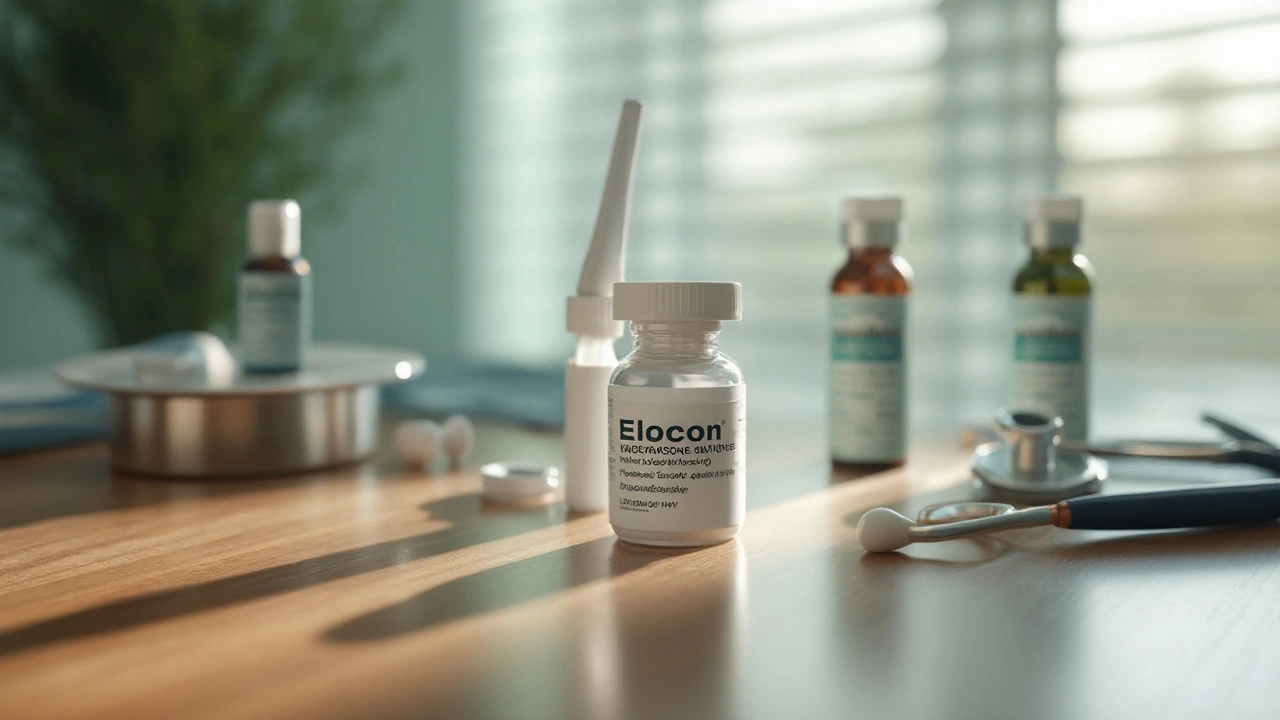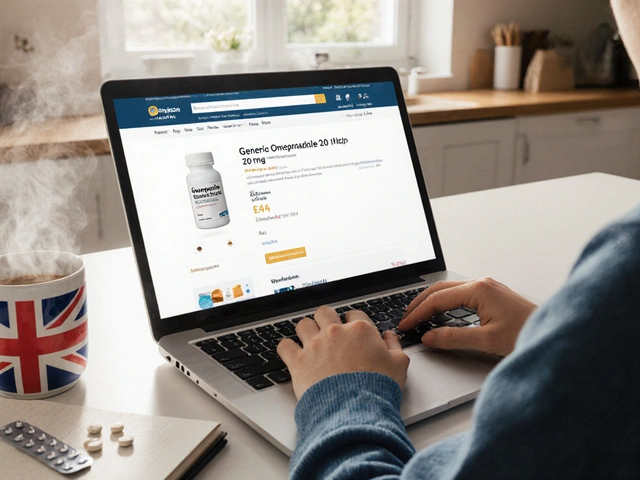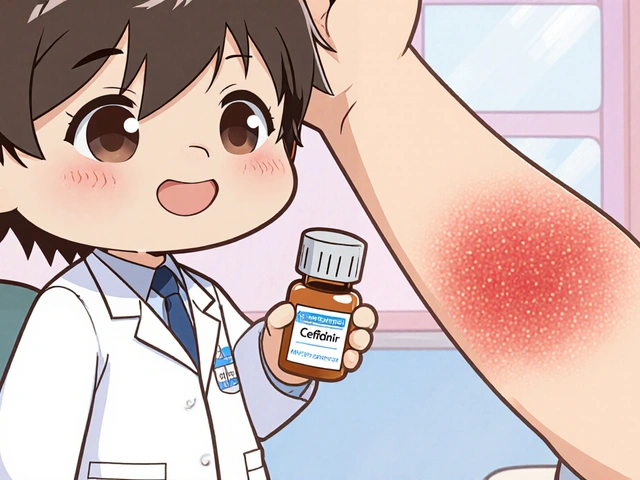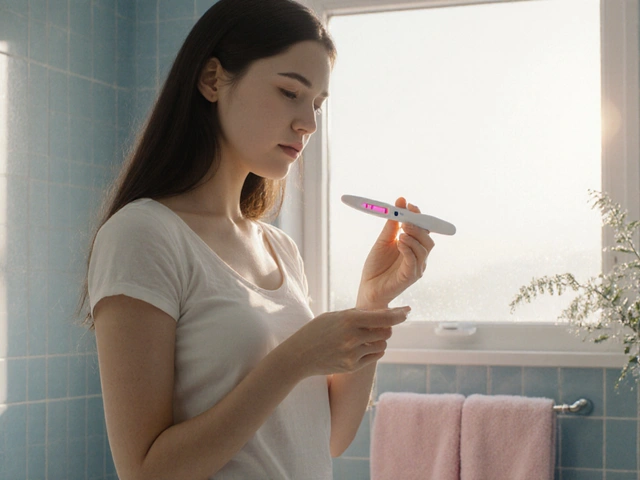Topical Steroid Comparison: Find the Right Cream for You
If you’ve ever Googled "best steroid cream" you know the market is a maze. There are dozens of names—hydrocortisone, betamethasone, clobetasol—and each promises fast relief. The truth is, not every steroid works the same way, and using the wrong strength can either leave you with stubborn rash or cause unwanted thinning of the skin.
In this guide we break down the most common topical steroids, explain how doctors rank their potency, and give you practical tips to match the right product to your condition. No jargon, just plain advice you can apply right away.
Understanding Steroid Potency
Topical steroids are grouped into four classes based on how strong they are. Think of it like coffee: a drip brew (low‑potency) is great for a gentle boost, while an espresso shot (high‑potency) is meant for a quick, intense jolt. Here’s the quick cheat‑sheet:
- Class I (Super‑potent): Clobetasol propionate 0.05%, Halobetasol 0.05% – used for thick plaques, scalp psoriasis, or stubborn eczema that hasn’t responded to milder creams.
- Class II (Potent): Betamethasone dipropionate 0.05%, Fluocinonide 0.05% – good for moderate‑to‑severe dermatitis,, nail fold psoriasis, or areas with thicker skin like elbows.
- Class III (Mid‑strength): Triamcinolone acetonide 0.1%, Mometasone furoate 0.1% – the workhorse for many rashes, insect bites, or mild‑to‑moderate eczema.
- Class IV (Low‑potency): Hydrocortisone 1% or 2.5% – ideal for sensitive zones (face, groin) and for short‑term use on kids.
Why does this matter? Using a Class I steroid on your face can thin the skin in weeks, while a Class IV cream may never clear a stubborn plaque on your elbows. Matching potency to the area and severity keeps results fast and side‑effects low.
Choosing the Right Steroid for Your Condition
Start with the basics: identify the type of skin problem and where it’s located.
1. Mild eczema or dermatitis on face/neck: Stick with hydrocortisone 1% or a prescription‑strength low‑potency cream like desonide. Apply a thin layer once or twice a day for up to a week.
2. Moderate eczema on arms or legs: Move up to a mid‑strength option such as triamcinolone 0.1% or mometasone. Use twice daily for 7‑10 days, then taper.
3. Thick plaques (psoriasis, chronic hand dermatitis): A potent or super‑potent steroid may be needed. Betamethasone 0.05% or clobetasol 0.05% applied once daily for 2‑4 weeks can break the cycle. Monitor for skin thinning; if it appears, step down to a milder steroid.
4. Scalp conditions: The hair shaft blocks absorption, so choose a formulation designed for the scalp (e.g., ketoconazole‑combined betamethasone shampoo) or a spray with a higher potency.
Remember these safety pointers:
- Never use a steroid cream on open wounds unless your doctor says so.
- Limit use on thin skin (face, genitals) to the lowest potency and the shortest time.
- Apply a thin layer—more isn’t better. Excess cream won’t speed healing and raises side‑effect risk.
- Consider a “step‑down” plan: start with a higher potency, then switch to a lower one as the rash improves.
If you’re unsure, a quick call to your pharmacist can confirm whether a product is over‑the‑counter or requires a prescription.
Bottom line: pick a steroid that matches both the severity and the skin area. Use the lowest effective strength, keep an eye on any changes, and you’ll get relief without unwanted complications.
Got a specific product in mind? Drop a comment below, and we’ll compare it to the list so you know exactly where it fits.
Elocon (Mometasone) vs Other Topical Steroids: A Practical Comparison

A detailed side‑by‑side look at Elocon (mometasone) and its common alternatives, covering potency, usage, cost and safety for skin conditions.
read more



